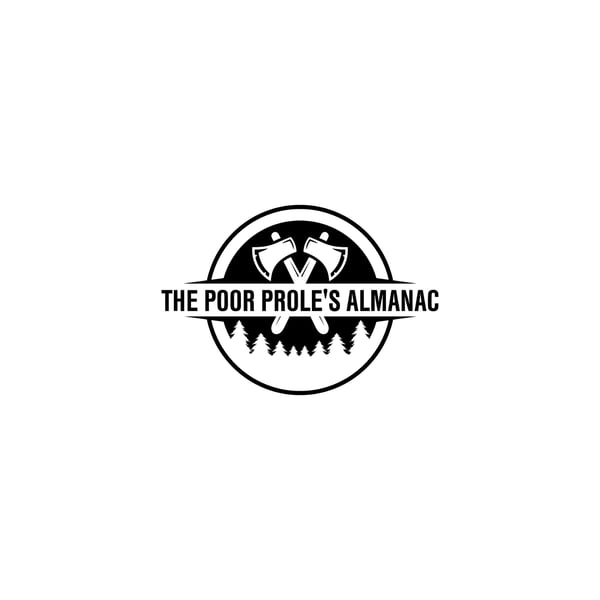Honey Locusts: Unraveling Ecological and Cultural Connections with Dr. Robert Warren
The Poor Prole’s Almanac
Bleav + The Poor Prole’s Alamanac
5 • 761 Ratings
🗓️ 27 September 2021
⏱️ 43 minutes
🧾️ Download transcript
Summary
Transcript
Click on a timestamp to play from that location
| 0:00.0 | Hey, folks, this is Andy with the Poor Proz Almanac. |
| 0:16.5 | You can find us on iTunes, Spotify, and wherever you get your podcasts. |
| 0:21.1 | And you can find us on Instagram and Facebook if you use those social media platforms. |
| 0:27.2 | Today, we're talking with Dr. Robert Warren of the Warren Lab at Buffalo State College. |
| 0:34.3 | The Warren Lab focuses on the impacts of climate change on ecological systems, specifically |
| 0:40.0 | species invasion, land fragmentation, and overall climate. In this conversation, we talk a bit about |
| 0:48.0 | climate change adaptation, ants, and honey locusts. And you guys know how much I love honey locusts so we have a really |
| 0:55.7 | great conversation on the subject so take a listen and let us know what you think |
| 0:59.9 | hi Robert thanks so much for taking some time to chat with us can you tell us a little bit |
| 1:06.5 | about yourself and your work sure sure so I am an associate professor at Buffalo State in Buffalo. |
| 1:16.5 | My area of research really falls under the heading of global change ecology. |
| 1:22.1 | I'm very interested in habitat fragmentation, climate change, and species invasion, |
| 1:28.3 | and how those three things interact. |
| 1:30.3 | Oftentimes, that work involves plants and ants. |
| 1:35.3 | And mostly, and it's not necessarily that I have an affinity for those, |
| 1:40.3 | but they are very useful for testing hypotheses, and you usually don't need permits |
| 1:45.7 | for either one. So I do a lot with those. Interesting. The plants, I thought, was pretty obvious, |
| 1:53.7 | at least to me, but the ants is kind of interesting. Can you explain a little bit deeper about that? |
| 1:59.4 | Sure. So for my dissertation work, I was trying to explain the distribution of these two plants |
| 2:07.2 | using just tons of data. |
| 2:09.7 | We had 10,000 plants. |
| 2:11.6 | We had all the environmental data. |
... |
Please login to see the full transcript.
Disclaimer: The podcast and artwork embedded on this page are from Bleav + The Poor Prole’s Alamanac, and are the property of its owner and not affiliated with or endorsed by Tapesearch.
Generated transcripts are the property of Bleav + The Poor Prole’s Alamanac and are distributed freely under the Fair Use doctrine. Transcripts generated by Tapesearch are not guaranteed to be accurate.
Copyright © Tapesearch 2025.

